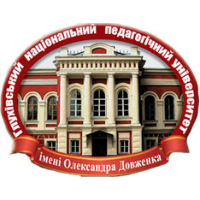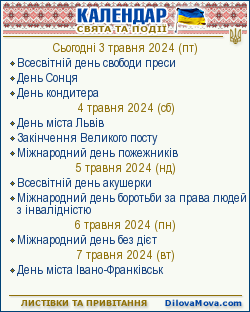 English
English Русский
Русский Українська
Українська
Languages
BAKALETS O. A. The role of Galician-Rus groschen and Lviv semi-groschen in the monetary circulation in the Podilia principality in the second half of the 14th to the early 15th century
The author of the article is trying to analyze and generalize the well-known and newly discovered coins of the 14th–15th centuries found in the historical Podilia, which are presenting silver Galician-Rus groschen and Lviv semi-groschen of Red Rus, and showing their dominant role among the array of outlandish and local money of the investigated period.
An important means for the development of agriculture and trade, the construction of fortified cities in the Podilia Principality of the second half of the 14th to 15th centuries was the circulation of silver coins: Prague groschen of the Czech kingdom, Juchi Dirhams of the Golden Horde, crown groschen, semigroschen, ternary, denarius, copper pūls of the Polish kingdom, the denarius of the Grand Duchy of Lithuania, Hungarian kingdom, groschen and semi-groschen of the Moldavian principality, "Podilia półgroszek" of the reign of Constantine Koriatovich (1380–1391).
The topography of the collected coins convincingly proves the large-scale use by the Podilia population of Polish coins, mainly groschen, semi-groschen and denarius. We recorded 101 Podilia treasures of the second half of the 14th and 15th centuries, 43 of them are Galician-Rus groschen and Vladislav Yagailo‟s semi-groschen, minted at the Lviv Mint.
Well-known in Ukraine and abroad, numismatists: M. F. Kotlyar [18; 19; 20; 21; 22], V. Zvarych [14; 15], A. L. Kryzhanivsky [23; 25; 26], R. Shust [14; 33], O. H. Pogorilets [29; 30; 31], R. V. Savov [27; 28; 29], A. V. Shostopal [31; 32], O. A. Bakalets [1 – 8], H. M. Holysh [10], K. Bolsunovsky [11], V. K. Hulelman [12], G. A. Kozubovchyk [16; 17], N.V. Dorofieyeva, Z.M. Komarynskaya [13] and other researchers have investigated the problem of the silver Galician-Rus gtoschen emergence and circulation, Lviv semi-groschen and copper pūls, minted at the Lviv Mint during 1351–1408, their participation in the internal and external trade of Galician (Red) Rus, Podilia and other lands of Ukraine, Lithuania, Poland, Moldova.
Galician-Rus groschen is the name of a silver coin which was minted in the Lviv Mint after occupation of the Polish king Casimir III the Great (1333–1370) in Lviv and parts of the lands of the Galician-Volyn principality in 1349. The groshen was equal to half the Prague groschen of the Czech kings: Vaclav II (1278–1305), John of Bohemia (1310–1346), Charles I (1346–1378), Vladislaus II (1378– 1419) [2]. In our topography of Galician Rus groschen and Lviv semi-groschen ranked first in the monetary circulation of Podilia from the 14th and early 15th centuries.
Prague groschen in the 14th century occupies only the third place in the monetary circulation of the region, they are in 19 (33.64%) treasures of 62 investigated. In the 15th century they already rank first – this part is contained 20 mixed treasure complexes (52.63%) out of 38 registered in the areas of Podilia. The analysis of the research's results confirms the dominant role in the monetary circulation of the Podilia of the Lviv Galician-Rus groschen during the reign of the King of Poland Władysław II Jagiełło (1386– 1434). His Galician-Rus groschen was recorded in 23 treasures (1310 units). 14 treasures of the early 14th century containe 208 Lviv semi-groschen (1399–1414). In the second place in Podilia treasures there are Galician-Rus groschen (1397 units) by Louis I of Hungary (1370–1382), which are in 22 mixed treasures (1 to 931 units).
There are also 162 Galician-Rus groschen of the Red Rus governor Vladislaus II of Opole (1372–1378) in 15 treasures. Silesian eagle was recorded on Galician-Rus groschen of Vladislaus II of Opole in Khmelnytsky, Vinnytsia and Ternopil regions. The smallest find of the Galician-Rus groschen comes from the times of the King Casimir II the Just (1333–1370) – 92 units contained in 8 mixed treasures of 50–70 years of the 14th century.
So, in 43 Podilia treasures in the middle of the 14th – early 15th centuries 3159 silver coins minted at the Lviv Mint were recorded. These findings clearly testify to their large-scale minting in Lviv and the widespread use in the monetary circulation of Galicia, Podilia and other Ukrainian lands during the studied period.
Key words: Galician (Red) Rus, Prague money, Galician-Rus groschen, Lviv semi-groschen, a copper pūls, a mint, Podilia półgroszek.
- 251 reads





